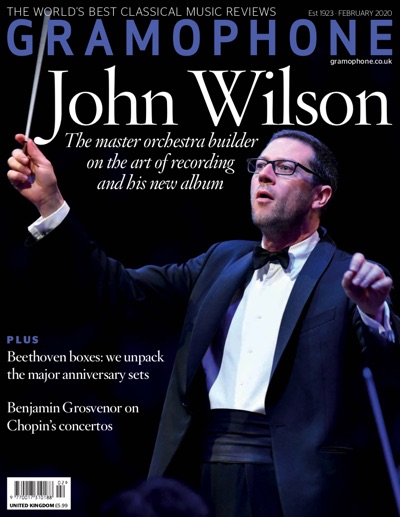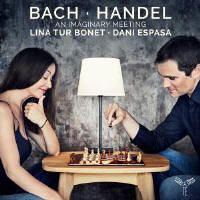Texte paru dans: / Appeared in: |
|
|
Outil de traduction (Très approximatif) |
|
|
Reviewer: Charlotte Gardner As its name suggests, ‘An Imaginary Meeting’ musically enacts one of the greatest missed opportunities in musical history – a face-to-face encounter between Bach and Handel, the two giants of the Baroque era, who never met despite being born in the same year and the same country, and indeed also despite Bach himself having gone to considerable effort to make a meeting happen on the two occasions he got wind of Handel’s returning briefly from London to visit his birth town of Halle. The first time Bach travelled there from Cöthen but arrived the day after Handel had left; the second time, in 1729, he sent his son Wilhelm Friedemann to set up a meeting, but received no response. So here instead we have three violin sonatas from Bach and two from Handel, programmed alternately as a musical conversation. Plus, for added appropriateness, their composition dates mostly correspond to the timings of those missed opportunities, Bach’s three probably having been written between around 1723 and 1725, while Handel’s HWV359a dates from around 1724; and while HWV371 by contrast is likely to date from around 1749, within a year of Bach’s death, it’s a welcome inclusion nevertheless. As for the actual performances, I’m slightly on the fence. On the one hand, Lina Tur Bonet on a Nicolò Amati violin has a wonderful smoky yet clean-toned elegance to her sound which I love, and harpsichordist Dani Espasa is the perfect foil on his delicately ringing FrancoFlemish copy. On the other hand, much as the rule of thumb with Baroque phrasing is for there to be a curve to the sound, the degree of curve (as in hairpin swells and decrescendos) heard in Bach’s programmeopening Sonata in G minor, BWV1017, is slightly more than I find comfortable, even when Tur Bonet couldn’t be delivering those swells with more subtlety and control. This tends to be the approach going onwards, too. However, this is also unquestionably fine playing, and I’m far from deaf to delights such as the moody shading Tur Bonet brings to the Largo of BWV1018 in A minor or the refined quality her overall legato approach brings to all the programme’s passagework, however bouncy. So I’m going to conclude that this comes down to taste rather than quality, meaning that I urge you to listen and make up your own mind. |
|




